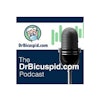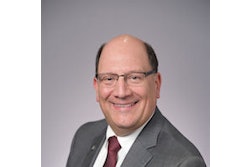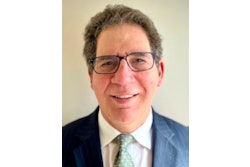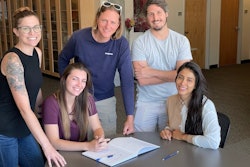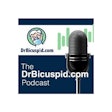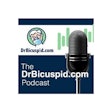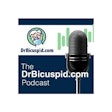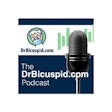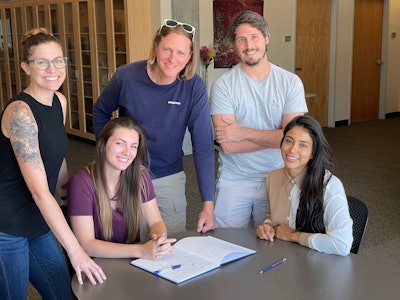
During the recent Rocky Mountain Dental Convention (RMDC) in Denver, I had the chance to meet Gabriel Bowen, PhD, a professor of geology and geophysics at the University of Utah. When Bowen first introduced himself to me, my first thought was, "What is a professor of geology and geophysics doing at a dental convention?" However, it didn't take me long to learn the answer and become fascinated with Bowen's work.
Bowen, who is one of the key players behind Project FIND-EM (Forensic Identification of our Nation's Deceased with Element Mapping), has a simple ask of dentists and dental team members and that is to help him collect as many teeth from around the country as possible.
The reason? As Bowen explained in the podcast that we recorded during RMDC, which you can hear here or by hitting the Play button on the podcast icon below, isotopes contained in tooth enamel can help shed light on where each of us grew up. The water we drink and the food we eat differs through North America (and globally), so the isotopes in our enamel that are built during our formative years are different as well. With this in mind, examining those isotopes can give insight into whether a person is from the Deep South or Pacific Northwest.
These isotopes are still present after we die, meaning they can be used to help scientists determine the geographic area a soldier is from. With soldiers who are still unknown from as far back as World War II, this finding could be a breakthrough for many families to finally gain closure.
Donated teeth can help Project FIND-EM map even more of the country, meaning additional clues could be discovered that could help determine a soldier's identity. Learn more from Bowen in the podcast below.



